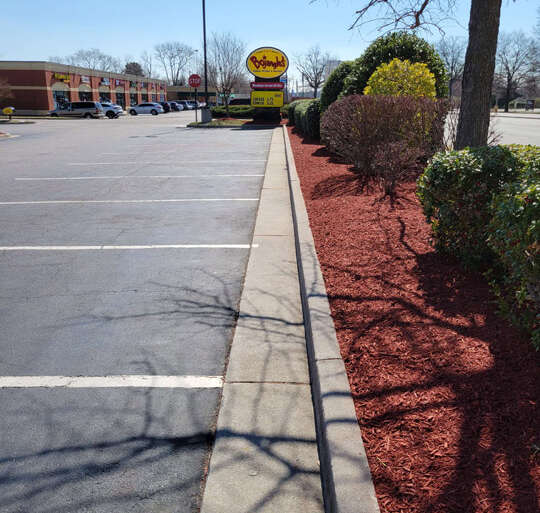As climate change wreaks havoc on spring weather, be prepared to protect your tender spring plants. While April showers bring May flowers, the sudden overnight frosts and relentless downpours could kill your plants well before May 1st. How Cold Weather Affects Plants in a Garden or Landscape Property managers and homeowners need to worry about overnight frosts, spring snows,…




